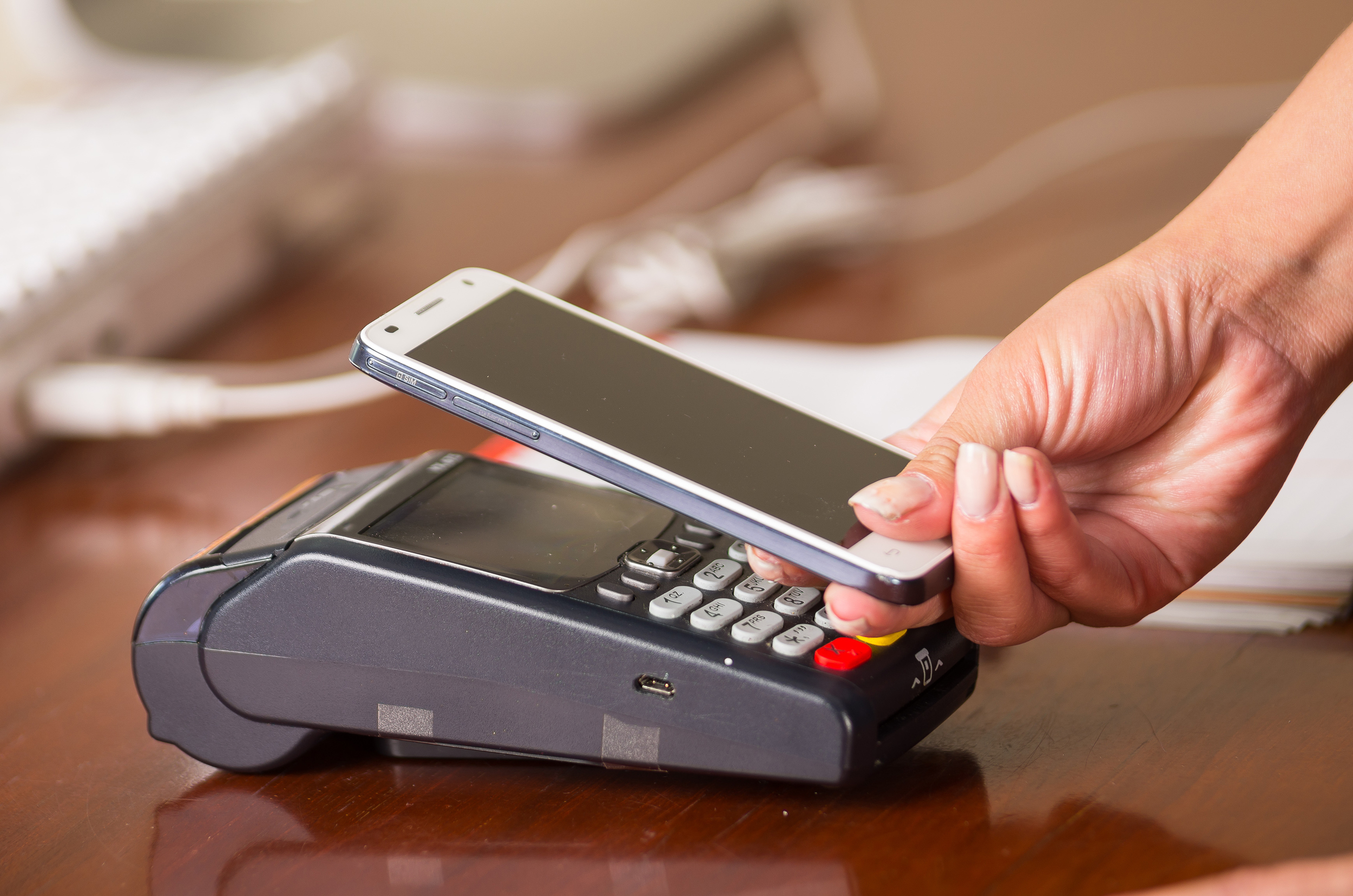Only a few years ago financial institutions found themselves shuttling their mobile services, if they had any at all, to third party vendors. Third party payment apps offered what users originally wanted, quick ways to pay both online and in-store. Mobile payments made it possible to access funds with one or two clicks. Linking a bank account or debit card to a third party was easy and instantaneous. But technology and needs mature and what was once a simple solution is now too simple. Users want additional services and have higher expectations, in other words, users are looking to their banks and credit unions.
Increasing Services and Evolving Needs
Users began to see mobile payment options like PayPal or Android Pay as their financial institution and their bank became a distant redistributor of funds. To counter this, financial institutions must develop their own mobile payment systems but many users were already entrenched in third party applications. That trend is reversing.
As mobile users mature in both experience and in age, user needs have extended beyond quick transactions. Users are now looking for micro-credit options, mortgages and services that are best provided by their bank or other financial institution. Instead of relying on third-party payment apps, users are looking for third party solutions that align closely with their banking institution's services. Although third party payment systems are now offering credit and aligning with institutions like Citibank and Chase, users who have no desire to switch banking institutions find themselves drawing closer to their trusted institutions.
Providing users with secure and extended services via mobile is essential for financial institutions to remain competitive. Choosing a third party provider that works in concert with your institution's services and patrons allows your institution to own the customer experience. Netclearance's mobile payment solutions can integrate seamlessly with your banking infrastructure to offer your own branded mobile payment solution. Contact us to learn more





















